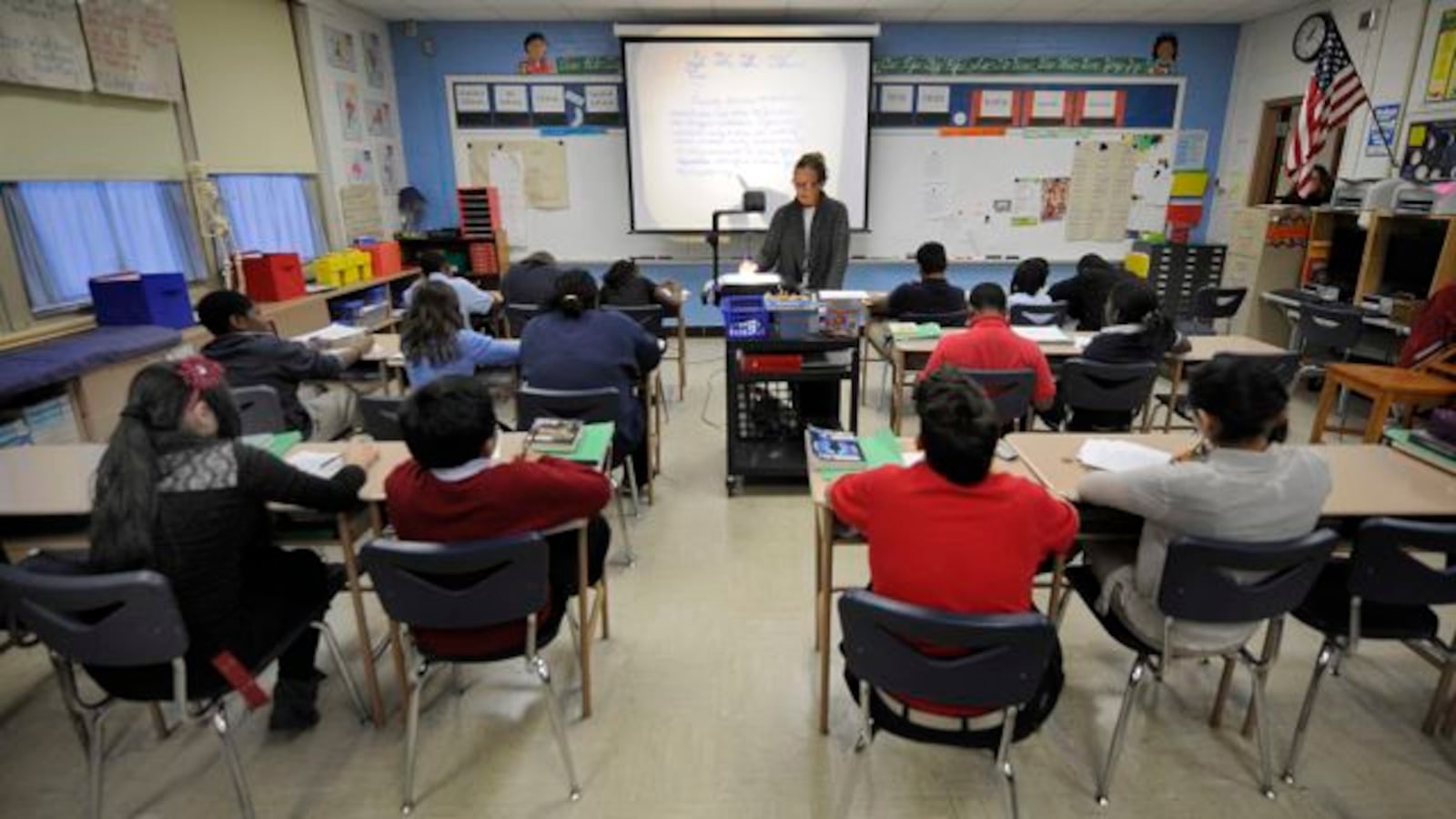The 2013 report from a central Indiana group that studies child welfare statistics shows modest improvement in the education outcomes and home lives of children in Marion County.
The report is from the Central Indiana Education Alliance, formerly known as the Talent Alliance. The group is a coalition of Indianapolis-area leaders in business, government, education and non-profits aimed at producing a more educated workforce.
The group compiled Marion County data on educational outcomes and the quality of life. The results show some progress toward a better educated population but stubborn disparities continue between the results for white residents when compared with black and Hispanic residents.
When it came to education, the Alliance found:
- Of kids who attended one of 926 Marion County preschools, only 16 percent went to one that supports children’s learning in 2012, but the number is slightly up from 14 percent the prior year.
- Countywide, ISTEP passing rates in third and eighth grade math and English improved between 2009 and 2013. The percent passing both English and math at eighth grade has gained three consecutive years, exceeding 60 percent for the first time, but remains about 10 points below the state average. Third grade saw a slight decline from the prior year and similarly remains about 10 points below the state average of 75 percent.
- Black and Hispanic passing rates on ISTEP both grew for the fourth straight year for all of Marion County. The passing rate for white students declined slightly but remained about 15 points higher.
- Marion County has made significant gains in graduation rate since 2008, reaching 84 percent in 2012. The county closed the gap with the state average to 4 points below from 10 points below four years before.
- More Marion County students graduated with the most rigorous diploma, the Honors diploma, in 2012. About 21.5 percent received the Honors diploma in 2012, up from 19.4 percent in 2009. But for the next most rigorous diploma, the Core 40, Marion County remained about 2 points below the state average at 70.5 percent. A smaller share of black and Hispanic students earned Honors diplomas that white students.
- Just less than two-thirds of Marion County adults had not earned any sort of college degree in 2012. About 36 percent earned at least a associates degree. Disparities are evident here, too, with 42 percent of white residents holding at least a two year college degree but only 25 percent of black residents and 14 percent for Hispanics.
When it comes to quality of life factors for families, the Alliance found:
- Median household income rose in 2012, but the gains were very small for blacks and Hispanics and big disparities remain between those groups and white Marion County residents. Both black and Hispanic median household income was under $30,000 annually while the figure for white residents was above $50,000.
- The number of families living in poverty continued to grow slowly, reaching 16.6 percent in 2012.
- The percent of Marion County children in poverty grew in 2012, with growth centered on impoverished children in the 11 and under age group. Overall, 33.5 percent of children in the county were impoverished, up more than 1 percentage point from 2011.
- Unemployment dropped significantly in Marion County in from 2013 to an annual rate of 7.5 percent from 8.7 percent the prior year.
The report can be viewed at the Alliance’s website.


